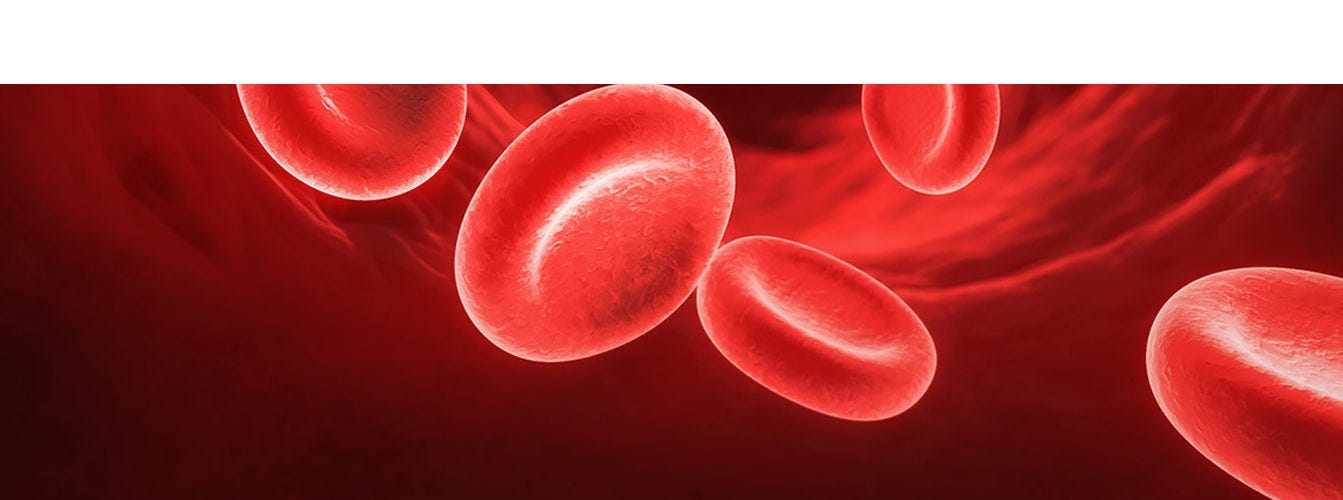
Lupus anticoagulant tests
Lupus anticoagulant (LA)(2016 ICD-10-CM: D68.312) is an autoantibody that binds to phospholipids and cell membrane proteins that can lead to prothrombotic effects. Conversely, in vitro LA is associated with increased clotting times using the one-stage aPTT assay as a result of binding to phospholipids in the reaction.1
More sensitive tests to confirm the presence of LA antiphospholipid antibodies include the Russel viper venom time (RVVT), platelet neutralisation procedure (PNP) and kaolin clotting time (KCT).
Russel viper venom (RVV) directly activates coagulation factor X, which in turn converts prothrombin to thrombin in the presence of FV and phospholipids. The presence of a lupus anticoagulant interferes with this reaction by binding to the phospholipids, resulting in prolonged clotting times. A corrected clotting time during mixing studies using a 1:1 mixture of test and normal plasma suggests a factor deficiency, however because RVV activates FX directly, the test is not affected by the intrinsic (or contact-activation) pathway. A failure to correct the clotting time using mixing studies and correction with the addition of excess phospholipid confirm the presence of LA.
Pooled normal plasma or test plasma is incubated with phospholipids at 37°C followed by the addition of diluted RVV and calcium to initiate coagulation and the clotting time measured. The ratio of normal:test plasma clotting time determines whether coagulation is affected. A ratio >1.05 suggests the presence of LA, once a deficiency in common coagulation pathway factors (I, II, V, X) is excluded.
The platelet neutralisation procedure uses washed, disrupted platelet membranes as a source of excess phospholipid to test whether the aPTT can be normalised by neutralising the effect of a LA antibody.
The kaolin clotting time (KCT) is sensitive for the detection of LA and follows the same principle as the aPTT, but lacks phospholipid, relying instead on plasma lipids and cell membrane fragments. The test can be used to detect all classes of coagulation inhibitors, including antibodies directed against phospholipids and FVIII.
Normal and patient plasma are mixed in ratios ranging from 1:10 to 10:1 in the presence of kaolin and calcium and clotting time measured. A test sample:control ratio >1.2 suggests the presence of an inhibitor. A factor deficiency can be excluded in the presence of a prolonged KCT by adding excess normal plasma. A KCT that does not correct in the presence of normal clotting factors suggests a coagulation inhibitor, but may not exclude a coagulation factor autoantibody.
- Keeling D, Mackie I, Moore GW, Greer IA, Greaves M, British Committee for Standards in H. Guidelines on the investigation and management of antiphospholipid syndrome. Br J Haematol 2012;157:47-58.
- Thiagarajan P, Pengo V, Shapiro SS. The use of the dilute Russell viper venom time for the diagnosis of lupus anticoagulants. Blood 1986;68:869-74.
- Radhakrishnan K. Platelet neutralization test. Methods Mol Biol 2013;992:349-51.
- Martin BA, Branch DW, Rodgers GM. Sensitivity of the activated partial thromboplastin time, the dilute Russell's viper venom time, and the kaolin clotting time for the detection of the lupus anticoagulant: a direct comparison using plasma dilutions. Blood Coagul Fibrinolysis 1996;7:31-8.
